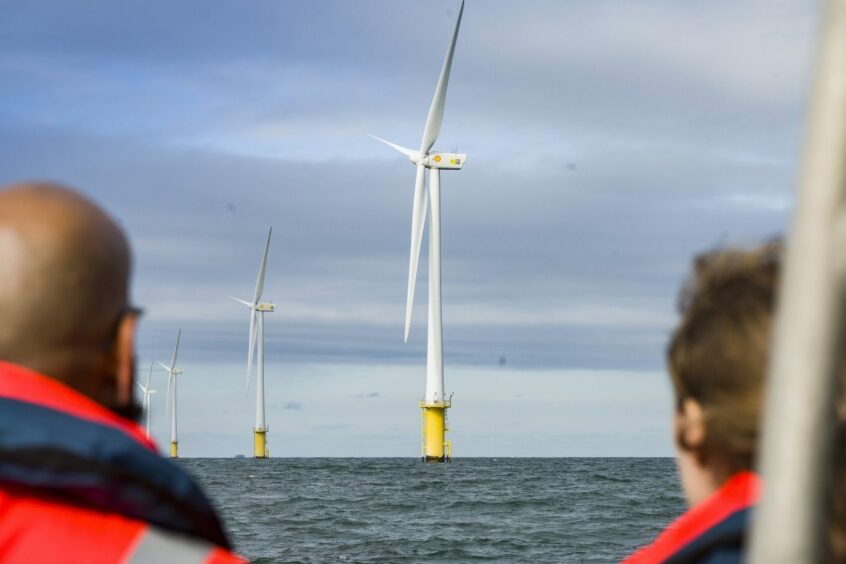
Shell regional VP for offshore power Hugo Buis said work on the Marram and Campion offshore wind projects is moving “at speed”, with the projects seen as a crucial stepping-stone to wider deployment of floating technology.
Mr Buis said Shell (LON:SHEL) and venture partner ScottishPower Renewables were “working very hard” to maintain pace on the combined 5GW worth of projects secured under the ScotWind leasing round earlier this year.
Delivering a keynote address at the second day of the Floating Offshore Wind 2022 conference in Aberdeen on Thursday, he said around 10,000 kilometres of seabed surveys have already been performed by two ships in 200 days, and praised marine group Fugro for its work so far.
The two schemes will be amongst the first commercial scale floating projects to be deployed – the with the 3GW MarramWind sited off the north-east coast in water depths of around 100 metres, and 2GW CampionWind off Aberdeen, in depths of around 77m.
Mr Buis said they represented “a real opportunity” for Scotland.
“I see our project, but also the other projects, as stepping stones for building an industry,” he told delegates.
He cited four main principles that would help guide the sector, pressing the need for strategic oversight, coexistence with nature and local communities, the development of skills and an investment case for both generators and consumers.
He said this overarching energy strategy should guide “not only generation, but also how markets will function” so that consumers and energy demand could also adapt.
“At the end of the day, we also need that green flexible demand in that system to absorb all the energy we’re going to produce,” he noted, referring to Shell’s own vision of an “integrated energy transition.”
Mr Buis also called for certainty and co-operation – from both policy and local supply chain partners – so that developments could continue to move at pace.
Shell has already committed to using Scottish companies to fulfil more than 40% of its developments and said earlier this year that discussions were already ongoing with local parties to identify the best project design.
Mr Buis concluded by likening the opportunity and challenge of floating wind to that of establishing some of the North Sea’s biggest oil and gas projects in decades past.
“30 years ago there was the development of [the Brent field] next to a picture of going to the moon,” he remarked.
“It’s almost like that – building an industry like that is a big challenge – and very nice challenge, I would say.”
Recommended for you
